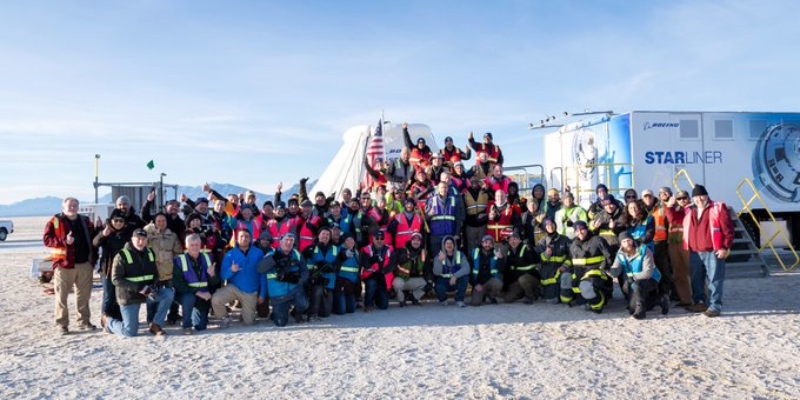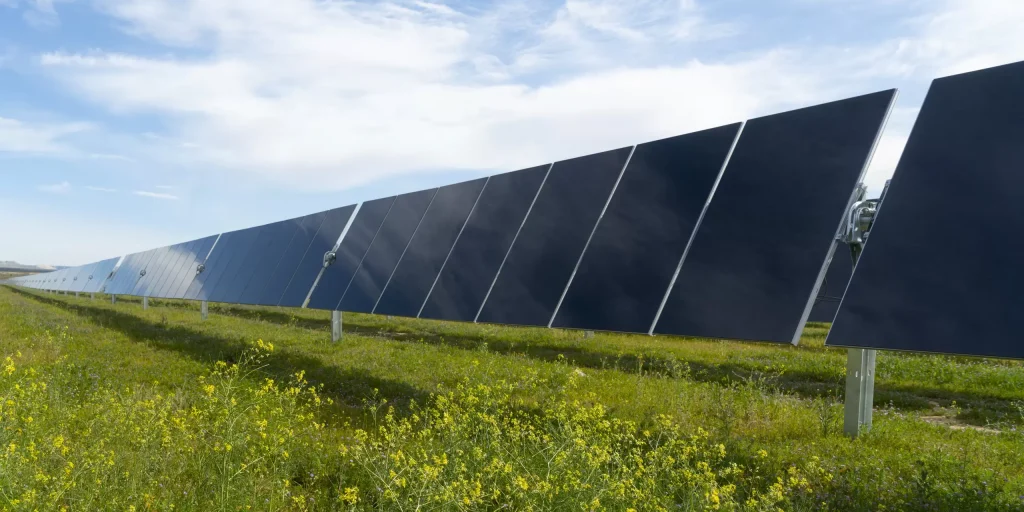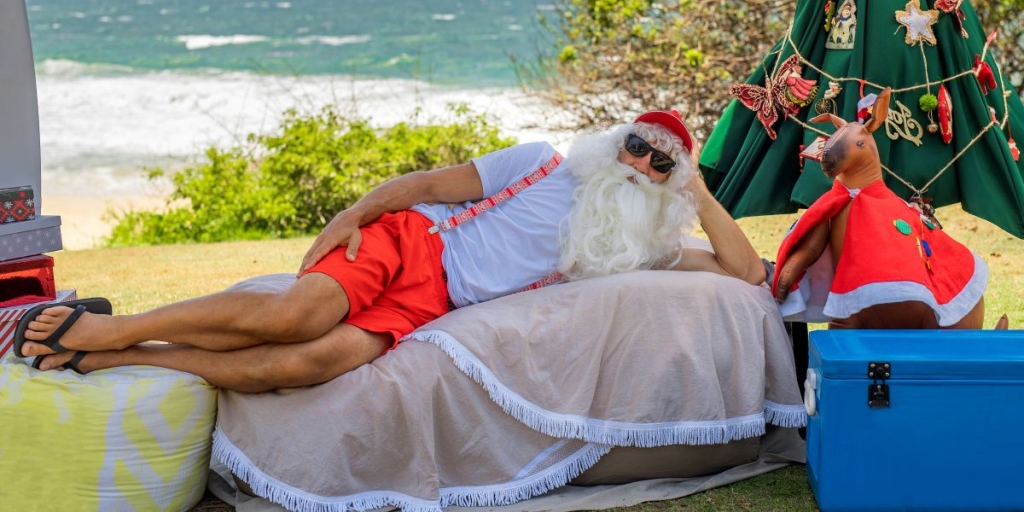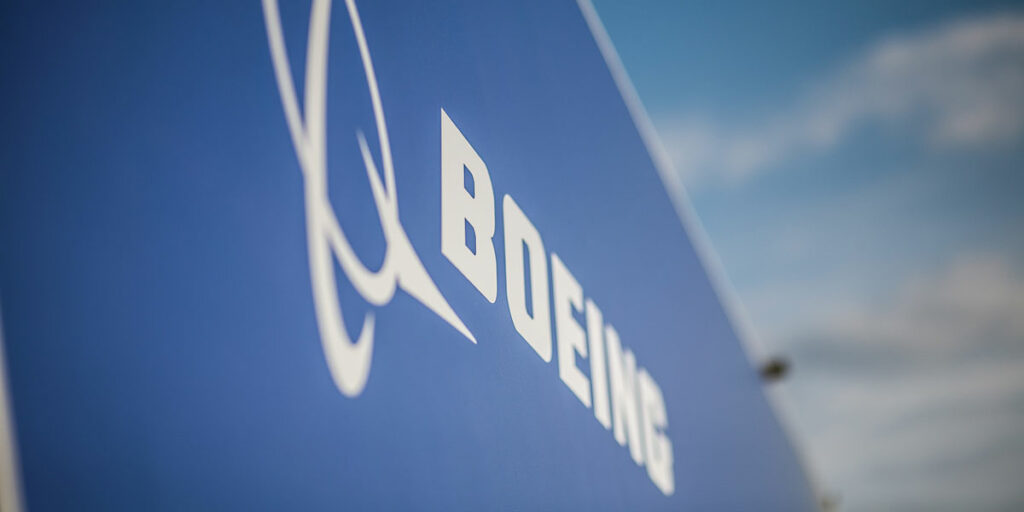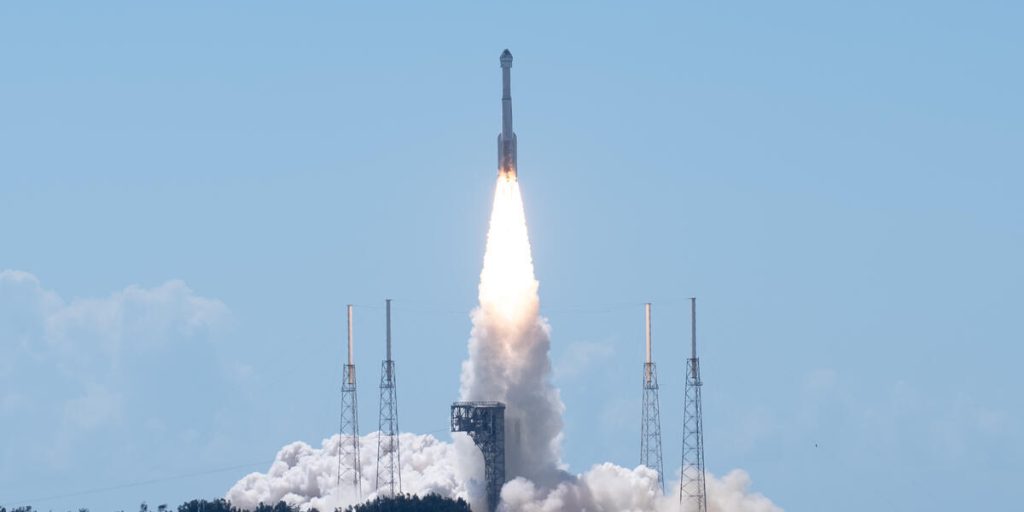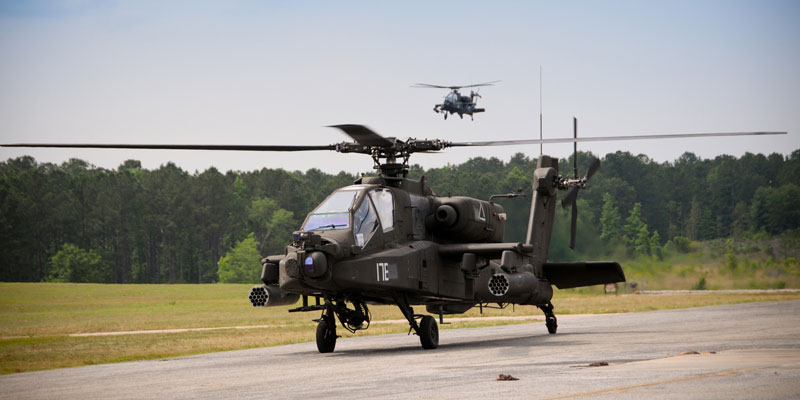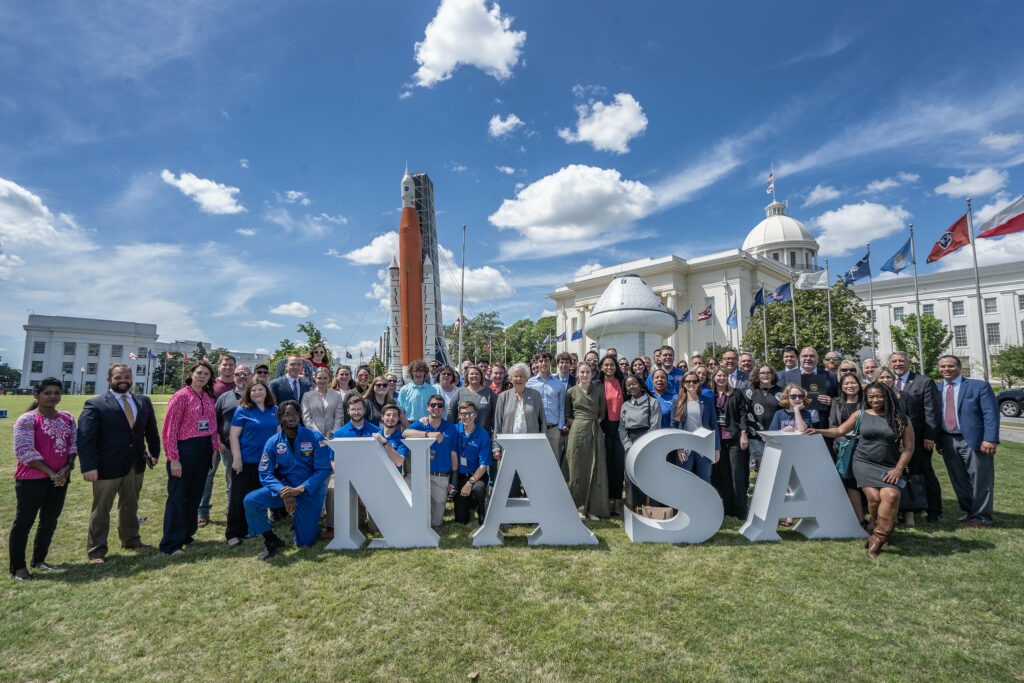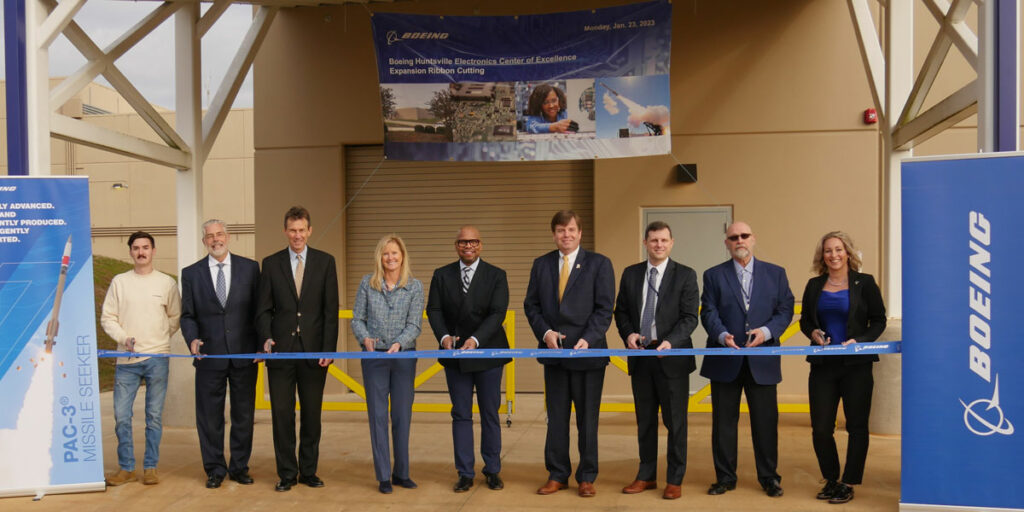Alabama has helped make space travel history once again.
Nearing the end of the 50th year anniversary of the Huntsville-built Saturn V rocket powering the famed Apollo 11 mission to the Moon, the Rocket City added another notch to its belt on Sunday morning when the Boeing CST-100 Starliner touched down safely at the U.S. Army’s White Sands Missile Range in New Mexico.
The Starliner became the first American-made, human-rated space capsule to land on U.S. soil rather than in an ocean.
Boeing’s design center in Huntsville provided all of the structural design for the Starliner capsule. Additionally, Boeing’s Phantom Works division, which has an operation in Huntsville, provided the power systems for the capsule.
Starliner is currently the only American-built capsule certified to land on land through a unique system of airbags and parachutes – allowing the capsule to be reusable up to 10 times. However, Sunday’s landing of the Starliner to conclude its Orbital Flight Test was the first time the capsule had gone into space and then attempted such a landing.
LANDING CONFIRMED
The #Starliner spacecraft safely touched down at 7:58am ET at @WSMissileRange in New Mexico with a bulleye landing. This marks the 1st time an American-made, human-rated capsule has landed on land. Watch our live coverage: https://t.co/MAYPLDF7R7 pic.twitter.com/66owuQDsVB
— NASA (@NASA) December 22, 2019
“Congratulations to the NASA and Boeing teams on a bullseye landing of the Starliner. The hardest parts of this orbital flight test were successful,” NASA Administrator Jim Bridenstine said in a statement. “This is why we conduct these tests, to learn and improve our systems. The information gained from this first mission of Starliner will be critical in our efforts to strengthen NASA’s Commercial Crew Program and return America’s human spaceflight capability.”
Even though the mission began with mixed results, the historic, successful landing is just one example of key mission objectives that were completed in impressive fashion.
A release from Boeing outlined that Starliner demonstrated key systems and capabilities before being signaled to return to Earth for landing.
“The Starliner team’s quick recovery and ability to achieve many mission objectives – including safe deorbit, re-entry and landing – is a testament to the people of Boeing who have dedicated years of their lives working toward the achievement of commercial human spaceflight,” John Mulholland, vice president and program manager of Boeing’s Commercial Crew Program, stated. “Their professionalism and collaboration with our NASA customer in challenging conditions allowed us to make the most of this mission.”
Although the Orbital Flight Test was an un-crewed mission, Starliner was carrying an anthropometric test device. “Rosie the Rocketeer” was in the commander’s seat for the entire mission, and she was outfitted with approximately 12 sensors that collected data to help prove Starliner is safe for future human crews.
Next, this crew module will be returned to Florida for data retrieval, analysis and refurbishment for future missions.
Starliner’s Orbital Flight Test was a step toward NASA’s goal of once again launching American astronauts into space from American soil using an American rocket. The last time the nation sent its astronauts into space from home soil was the final space shuttle journey in 2011.
A specially configured Atlas V rocket, built-in Decatur by United Launch Alliance, worked perfectly during Friday’s launch of the Starliner.
Sean Ross is the editor of Yellowhammer News. You can follow him on Twitter @sean_yhn




